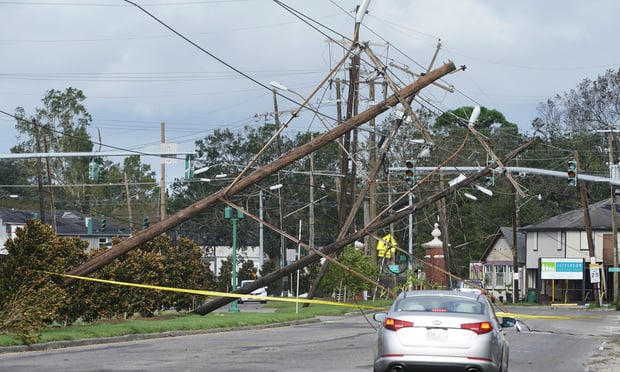 While officials are trying to restore power as quickly as possible, they warn that it may take weeks for power to be restored. Generators are particularly helpful in providing temporary power and air conditioning. FEMA has sent 200 generators to Louisiana and more are expected. (Credit: Steve Helber/AP)
While officials are trying to restore power as quickly as possible, they warn that it may take weeks for power to be restored. Generators are particularly helpful in providing temporary power and air conditioning. FEMA has sent 200 generators to Louisiana and more are expected. (Credit: Steve Helber/AP)
Hurricane Ida has moved through the country, leaving downed trees, flooded areas and other debris in its wake. And this is just the beginning of the story. Many have evacuated, and the storm left 1 million residents of Mississippi and Louisiana without power. Areas of New York have been flooded, and there has been flooding throughout the path of the storm. Central Park received 7.1 inches of rain, and Newark, New Jersey, received 8.4 inches.
Recommended For You
Want to continue reading?
Become a Free PropertyCasualty360 Digital Reader
Your access to unlimited PropertyCasualty360 content isn’t changing.
Once you are an ALM digital member, you’ll receive:
- Breaking insurance news and analysis, on-site and via our newsletters and custom alerts
- Weekly Insurance Speak podcast featuring exclusive interviews with industry leaders
- Educational webcasts, white papers, and ebooks from industry thought leaders
- Critical converage of the employee benefits and financial advisory markets on our other ALM sites, BenefitsPRO and ThinkAdvisor
Already have an account? Sign In Now
© Touchpoint Markets, All Rights Reserved. Request academic re-use from www.copyright.com. All other uses, submit a request to [email protected]. For more inforrmation visit Asset & Logo Licensing.







